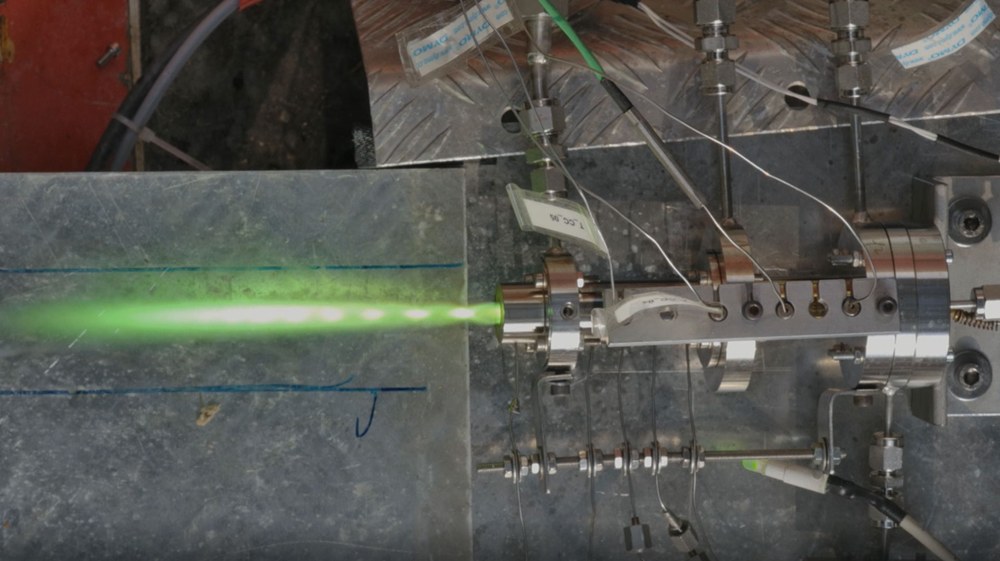Advanced Propellants

Your consent to the storage of data ('cookies') is required for the playback of this video on Quickchannel.com. You can view and change your current data storage settings at any time under privacy.


Chemical satellite engines are still mainly operated with the liquid propellants dinitrogen tetroxide together with hydrazine, monomethylhydrazine (MMH) or asymmetric dimethylhydrazine (UDMH), which are very toxic but can be stored for very long periods of time and deliver consistent performance characteristics. As part of the European Registration, Evaluation and Authorization of Chemicals (REACH) regulation, hydrazine has been placed on the candidate list of substances whose use may be banned throughout Europe. This is mainly due to its negative properties for humans and the environment. In addition, hydrazine is also undesirable in the "New Space" sector with its start-ups and micro-launchers due to the high hurdles and requirements for its use.
In order to replace hydrazine, alternative or advanced new propellants are required, so-called "green propellants", which enable the same or better performance characteristics of the engines over comparable periods of use. Therefore, ionic liquids as propellant, which react with hydrogen peroxide H2O2/ High Test Peroxide (HTP) as liquid oxidizer hypergol, premixed and non-premixed N2O hydrocarbon-based systems (HyNOx, NOFBx), as well as energetic ionic liquids (EILs) and nitromethane-based mongergol systems are equally investigated in Lampoldshausen. Advanced propellants generally aim to significantly reduce the risk to people and the environment. This not only results in less effort in handling the substances, but also reduces costs due to the lower safety requirements.
